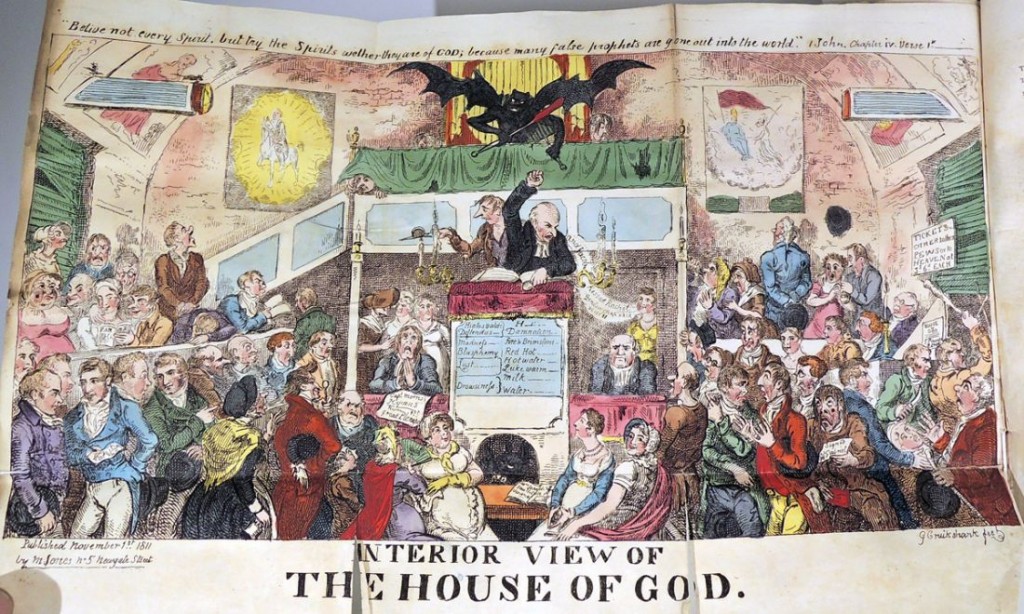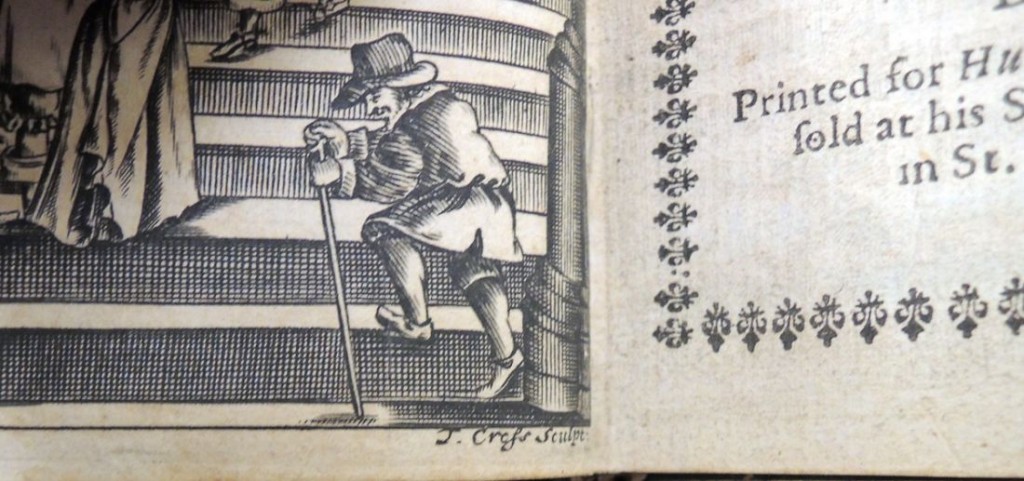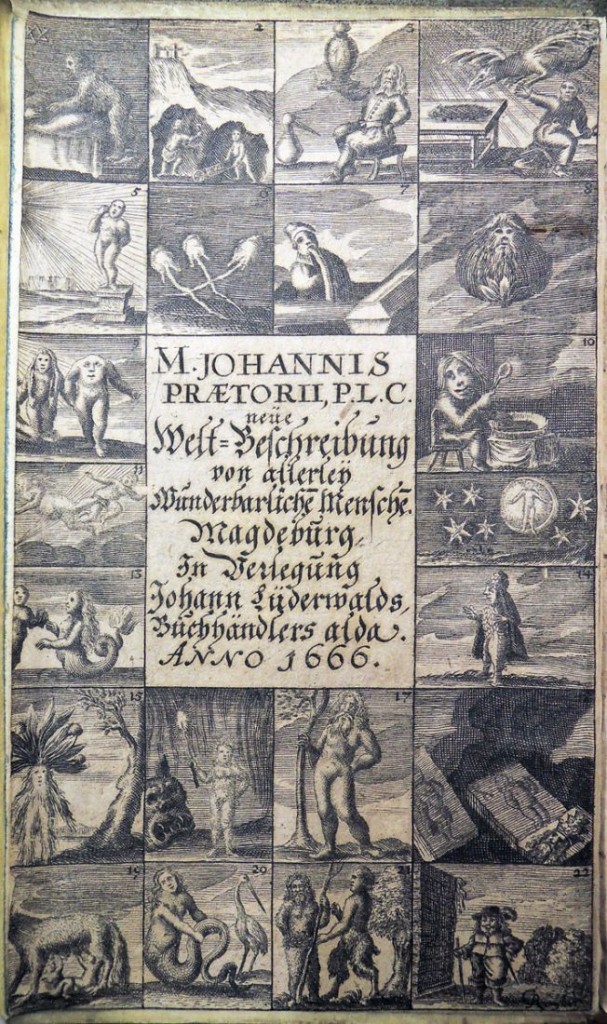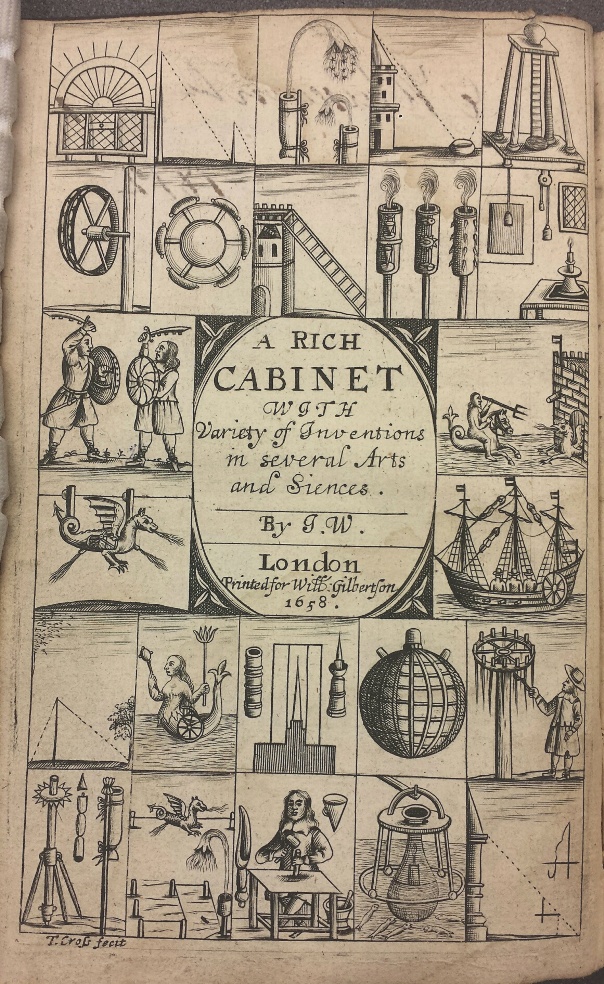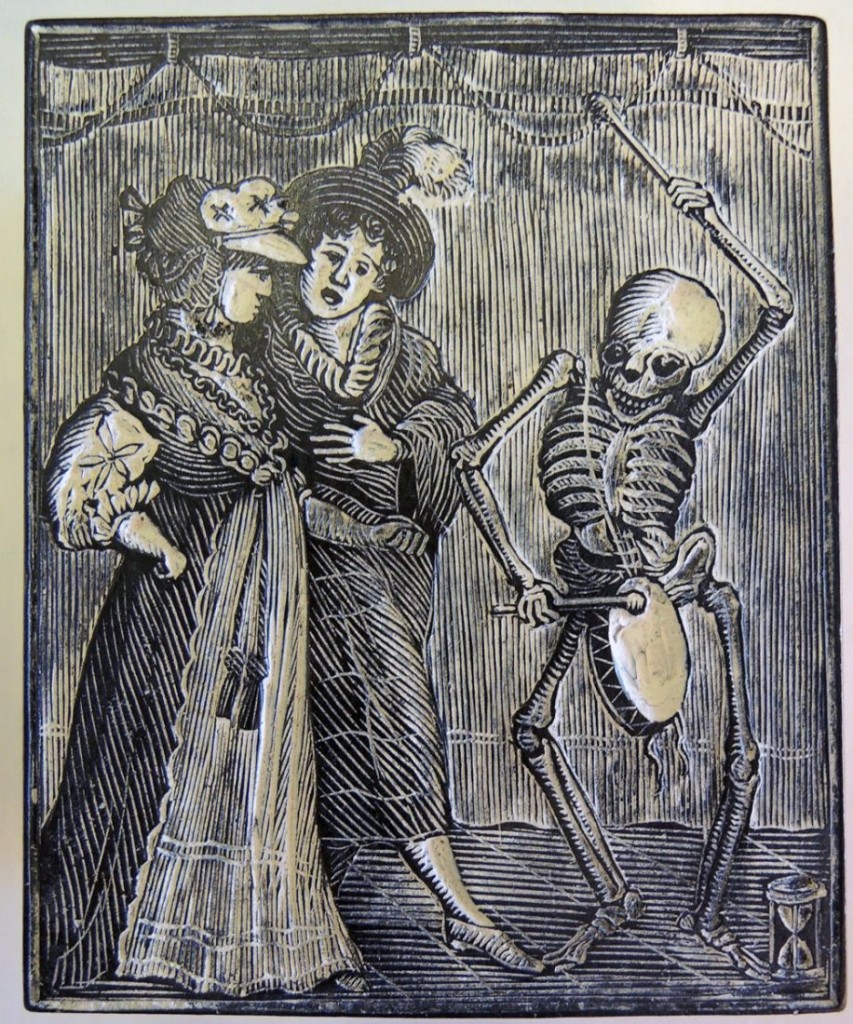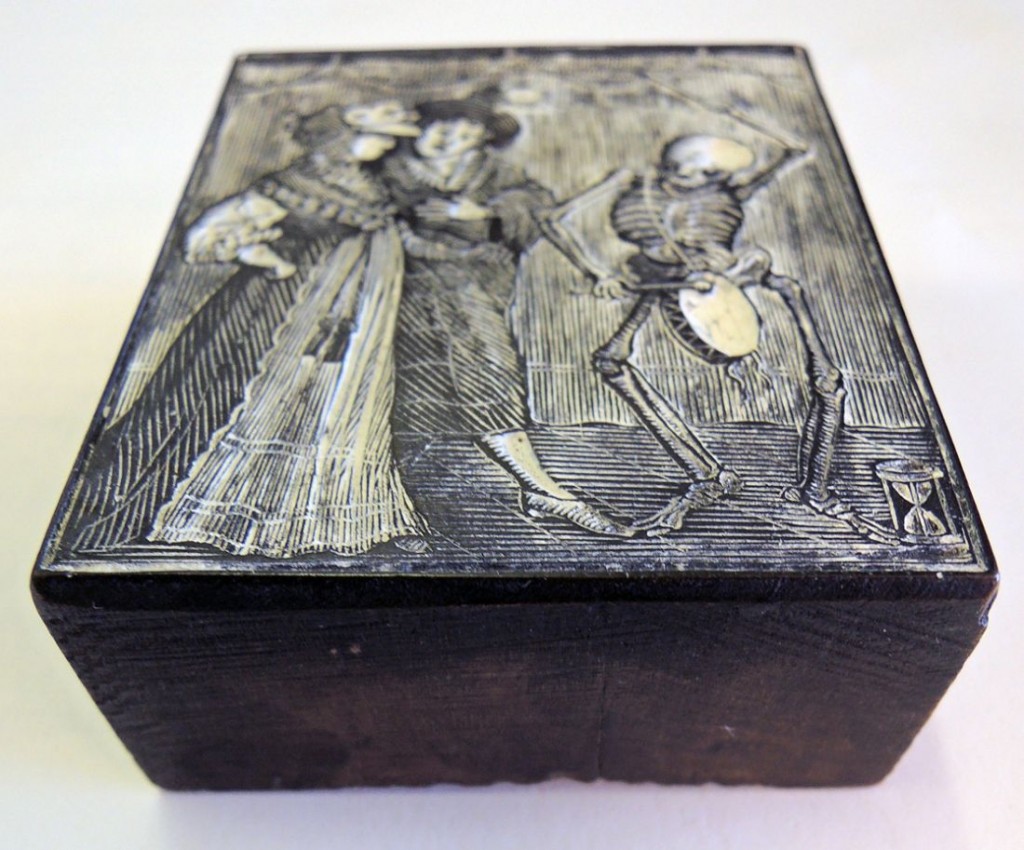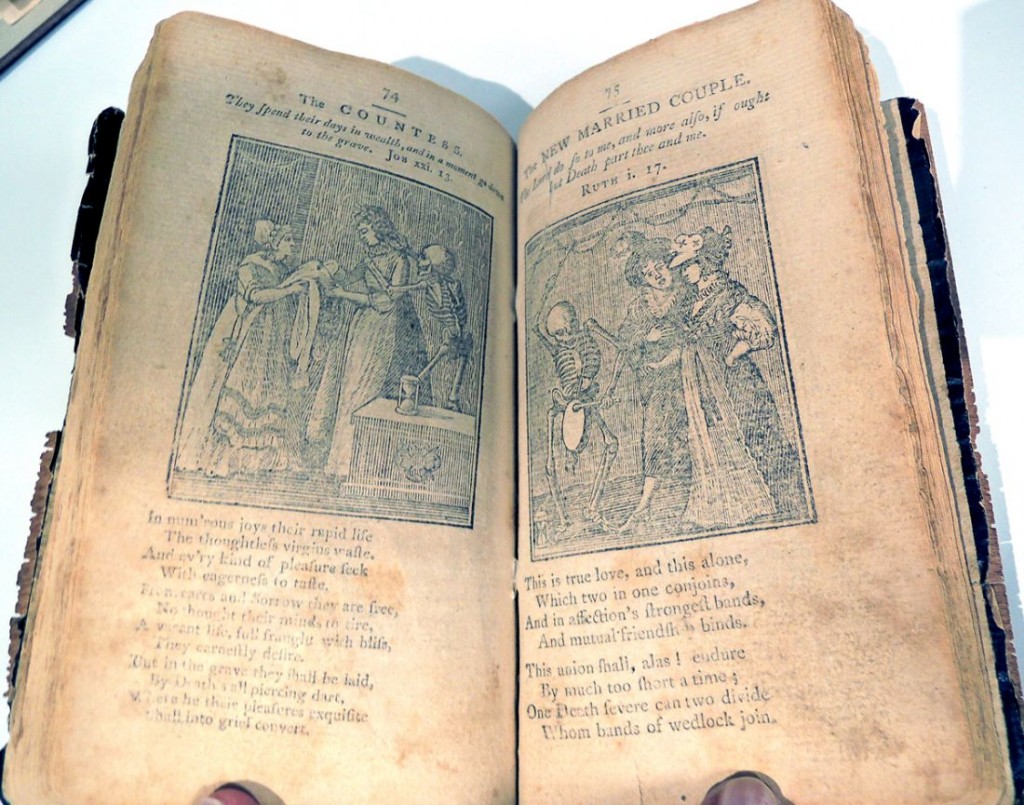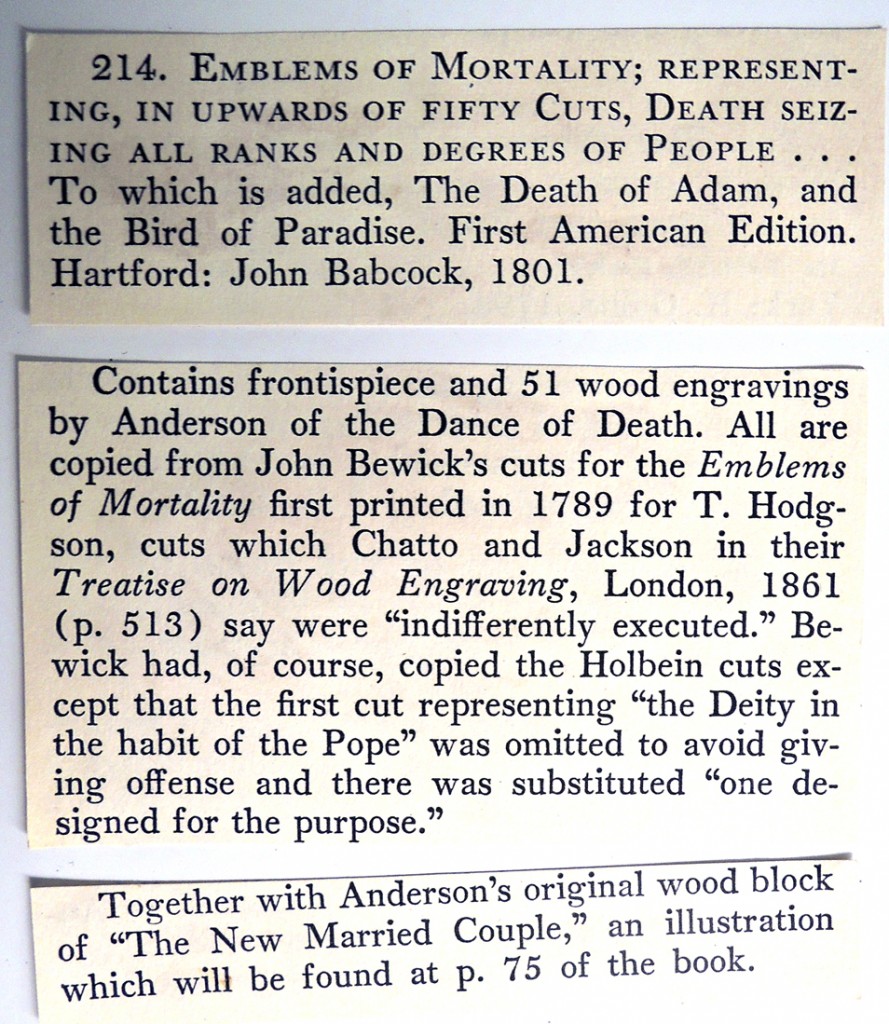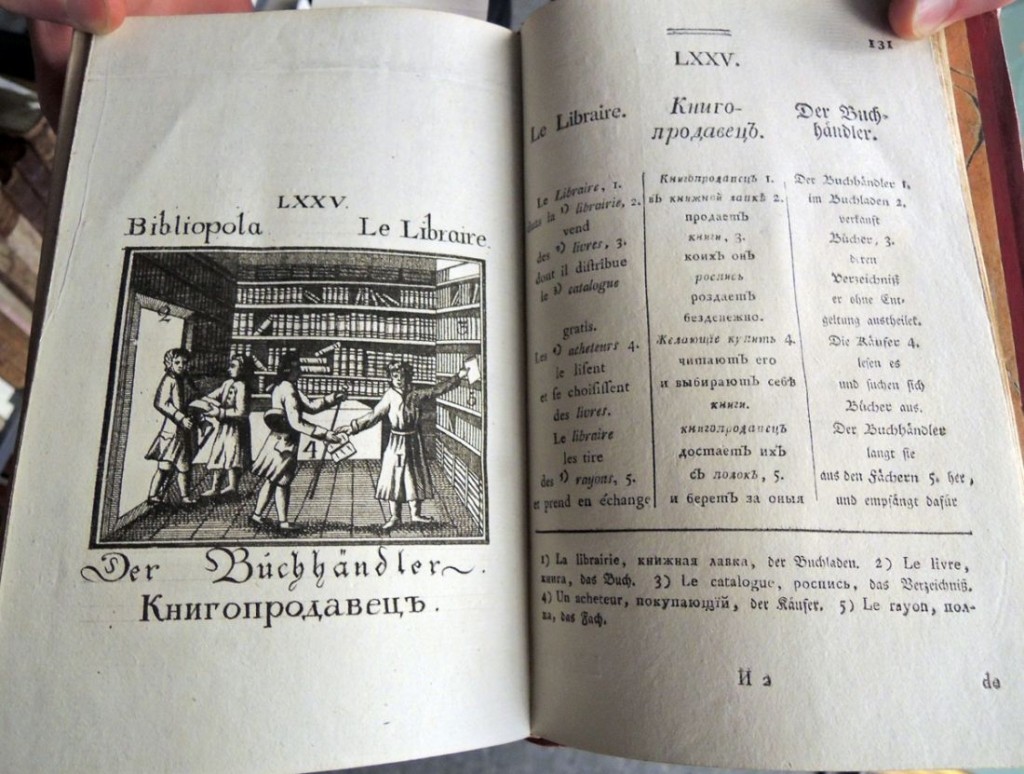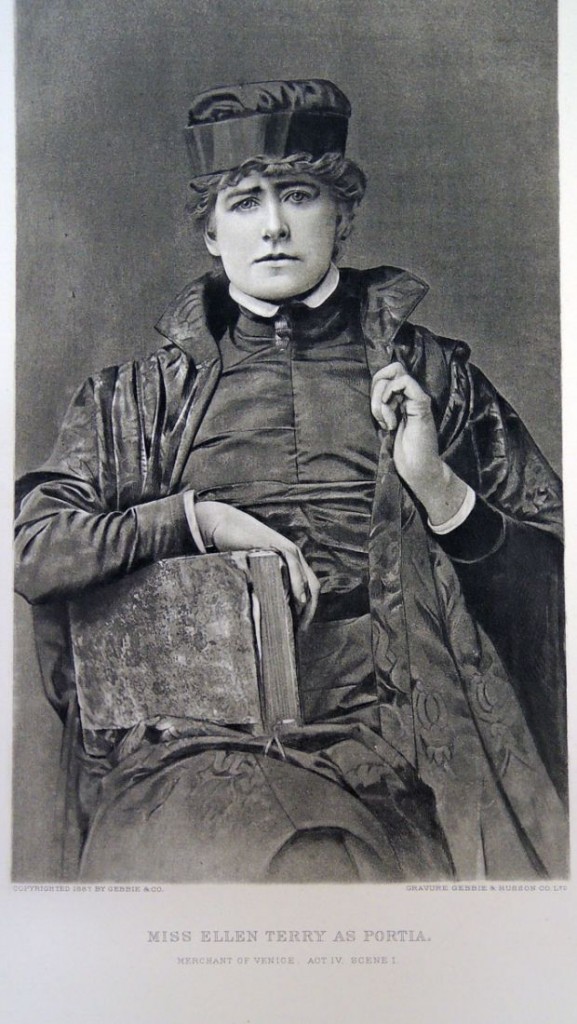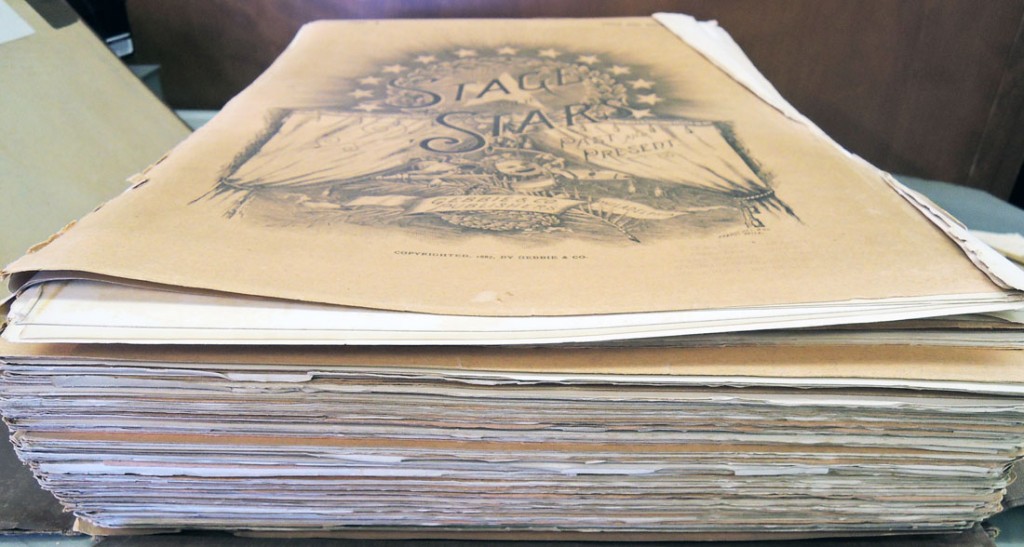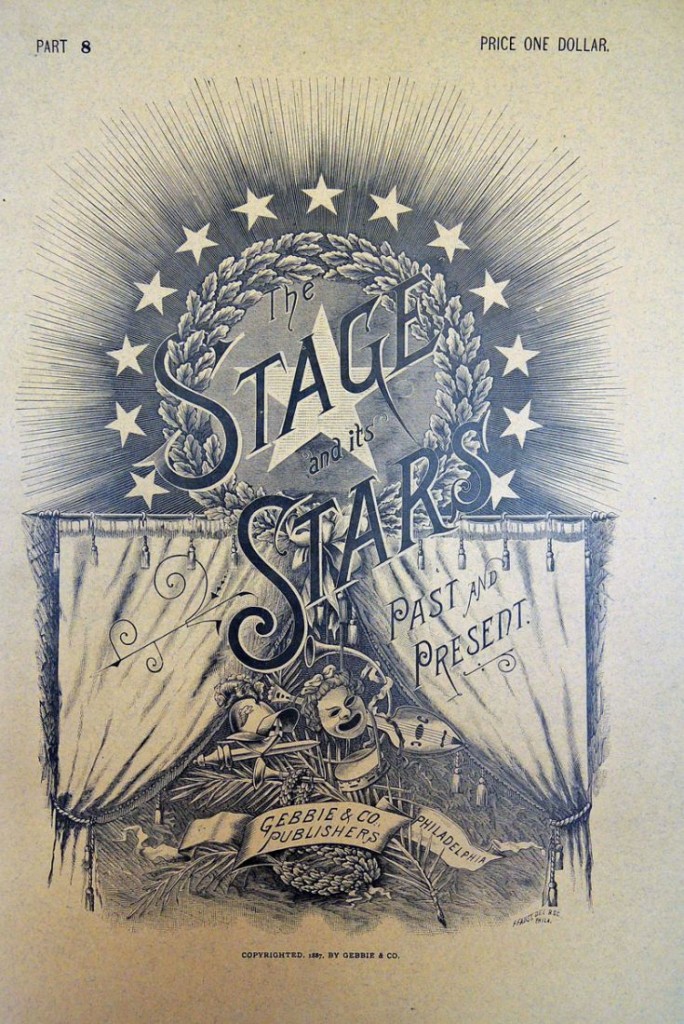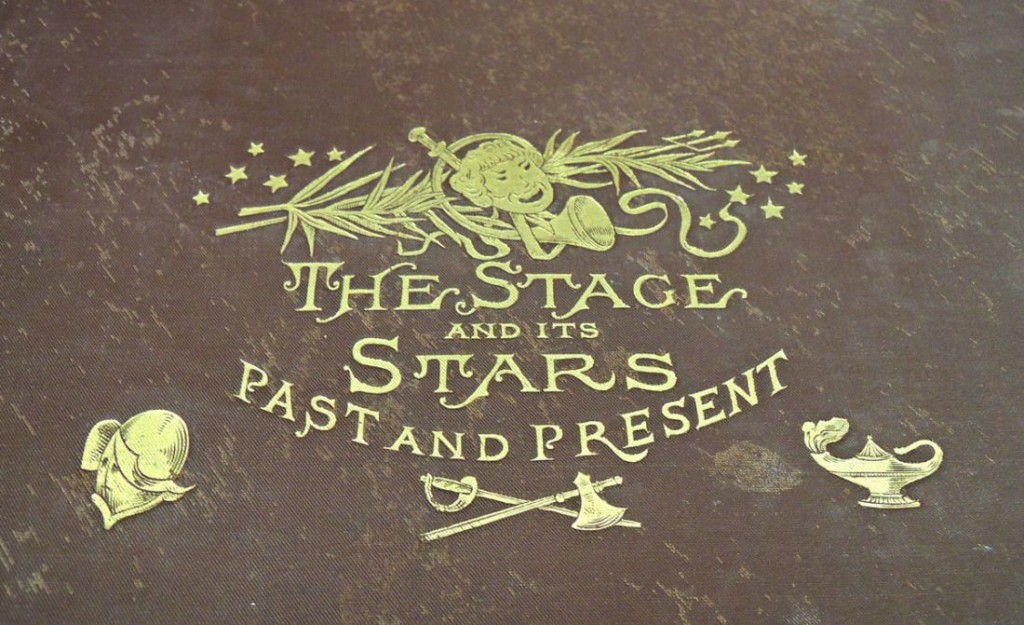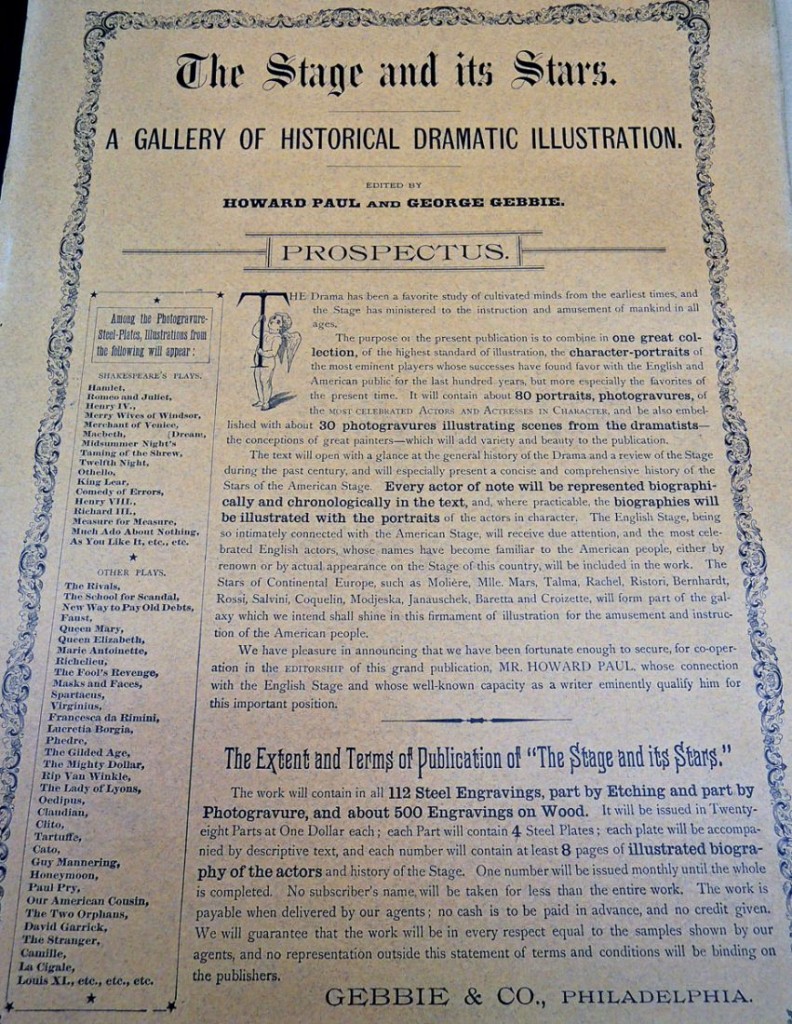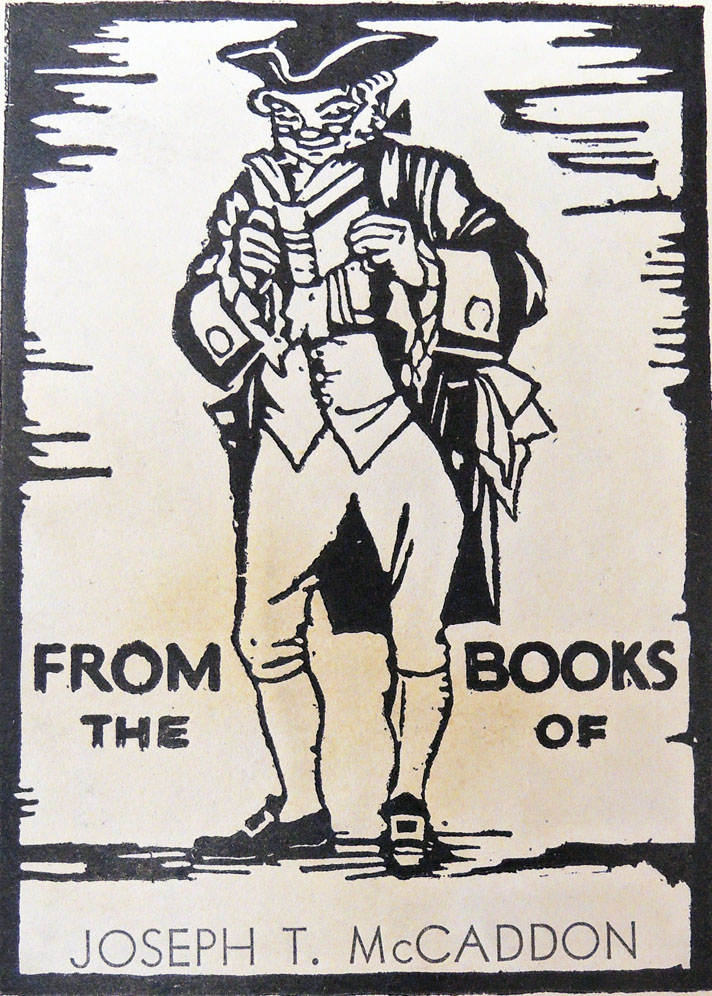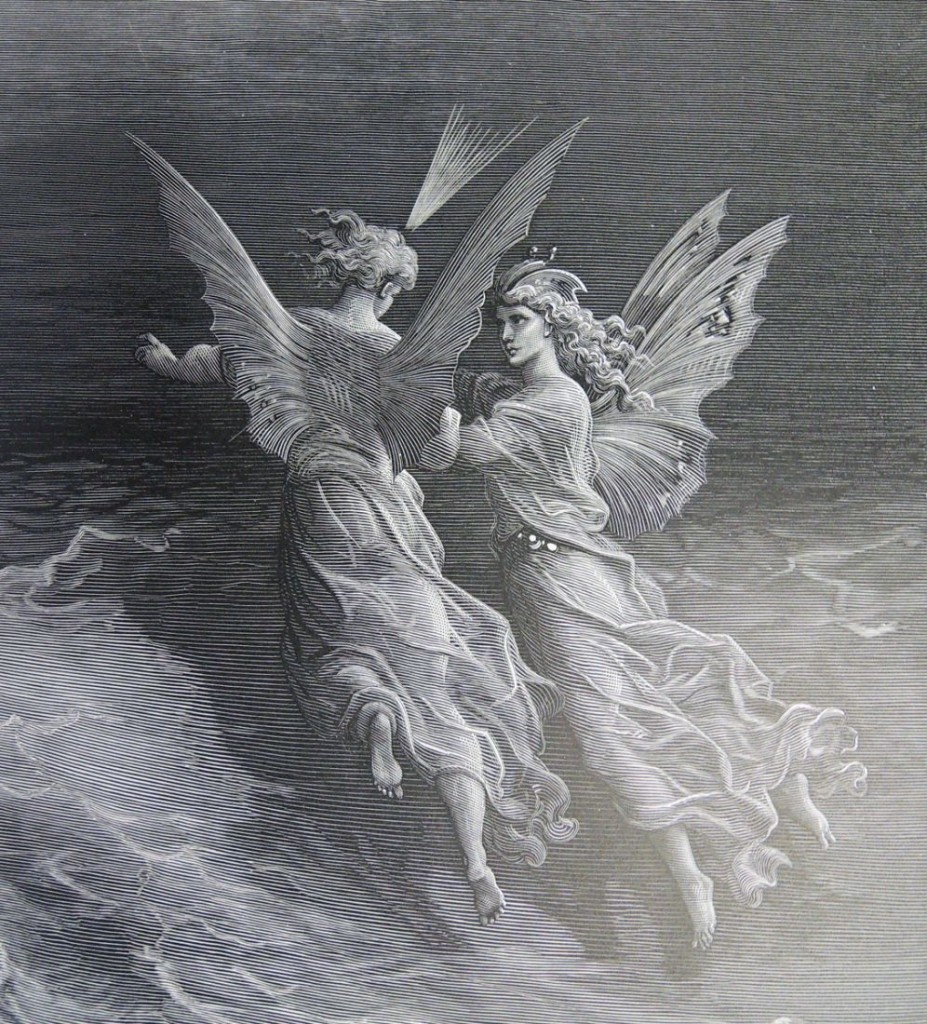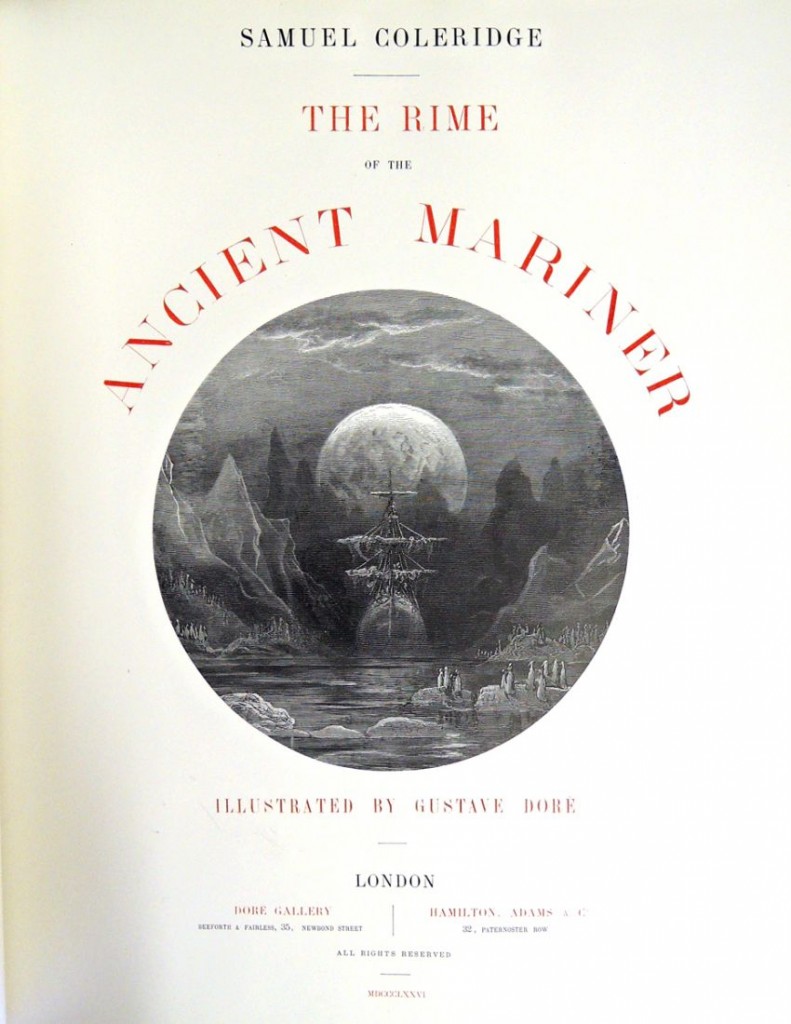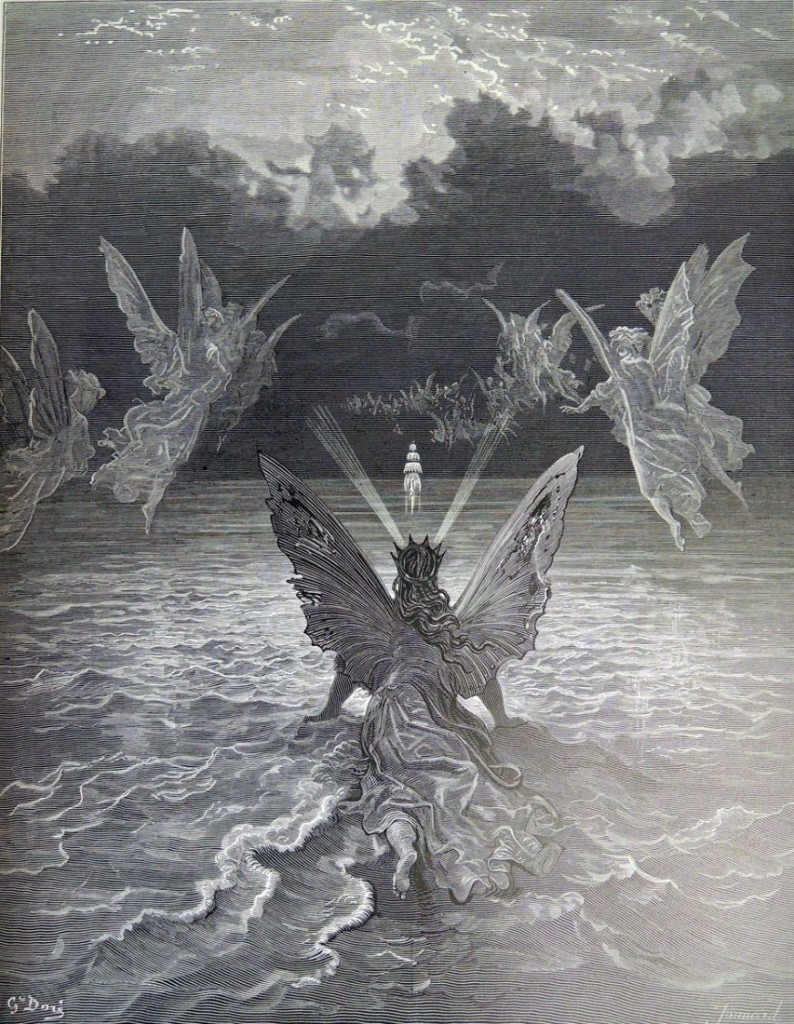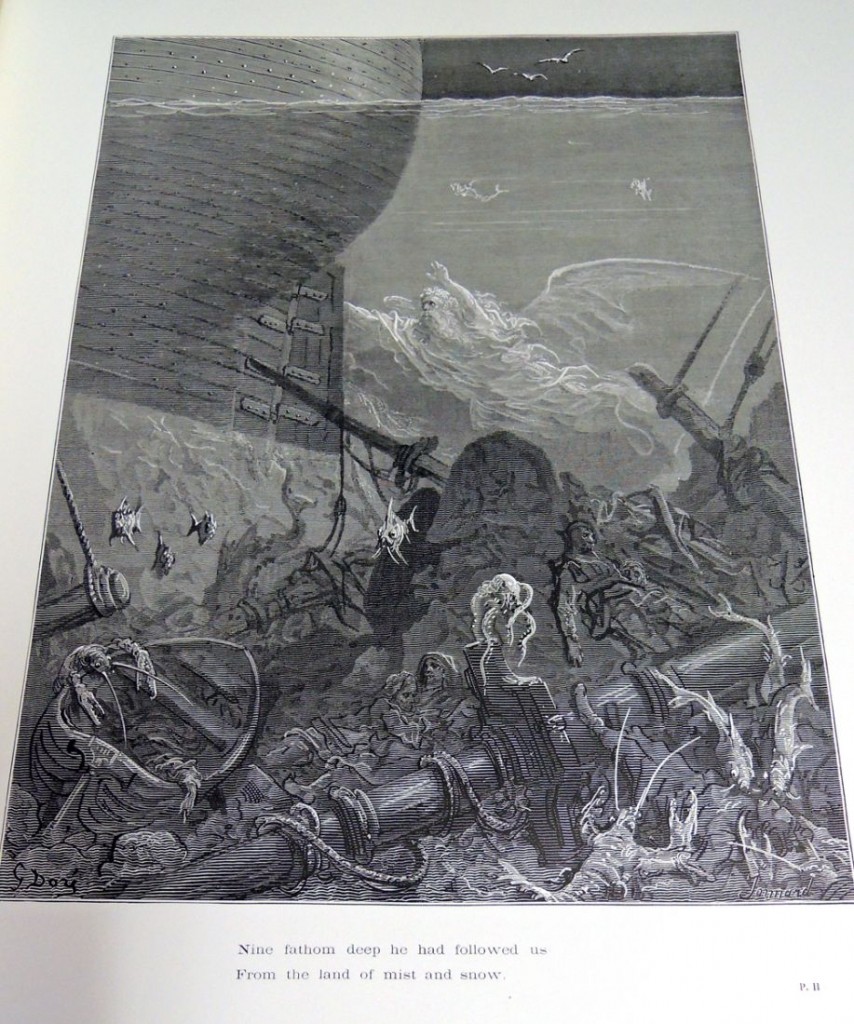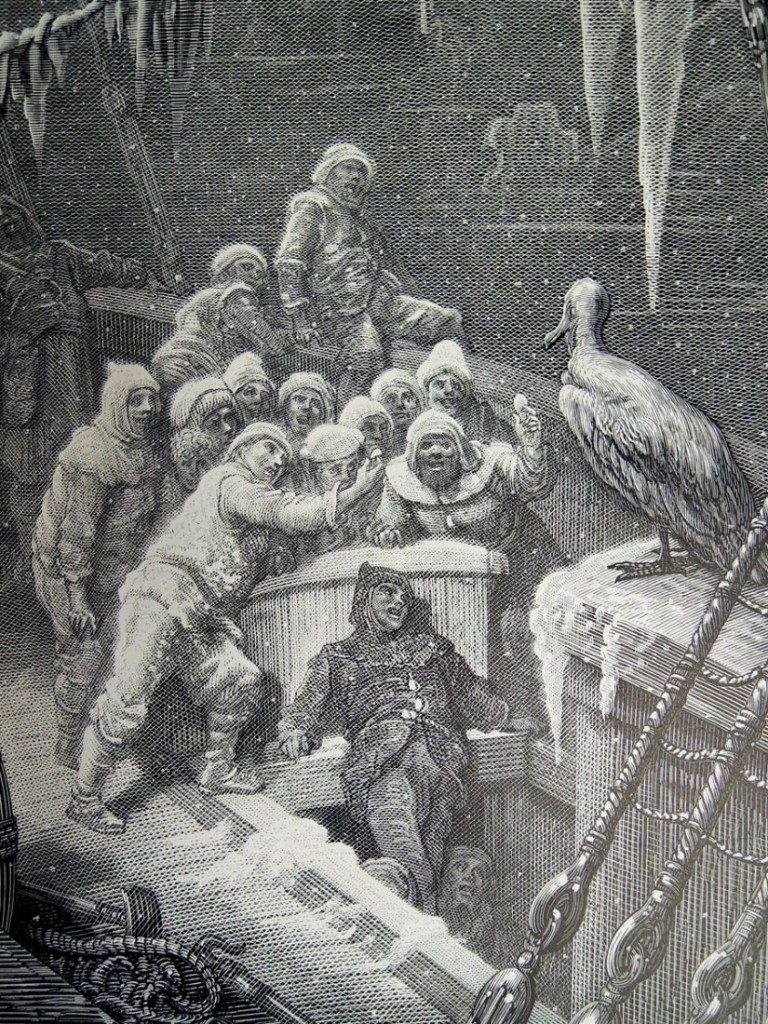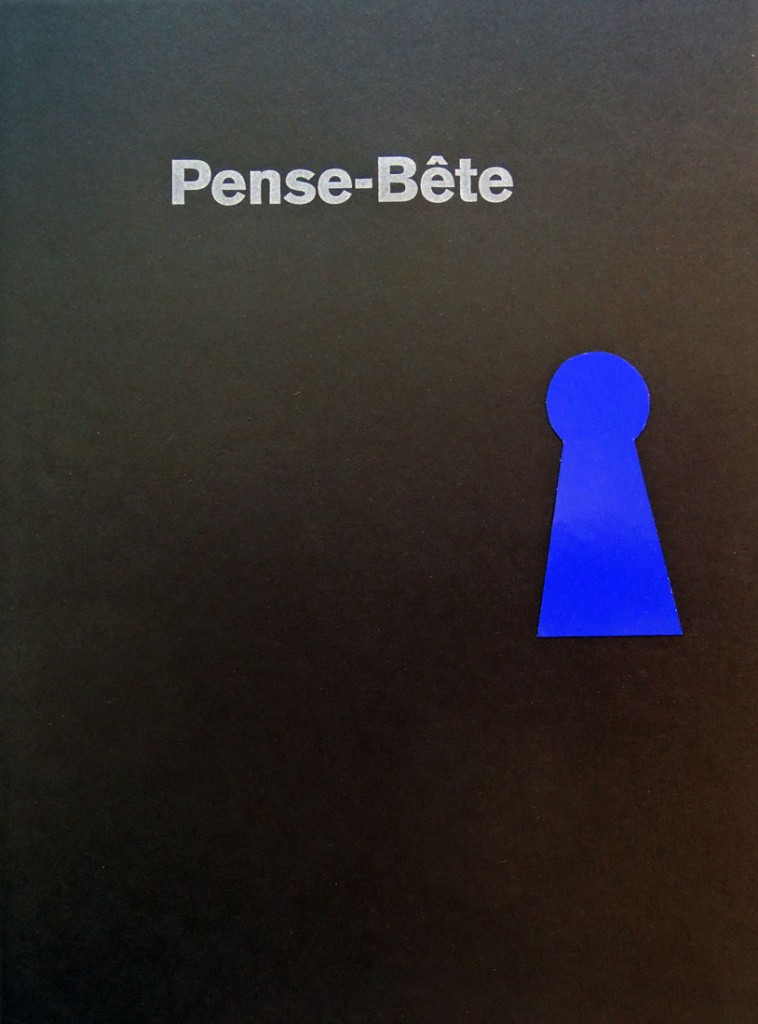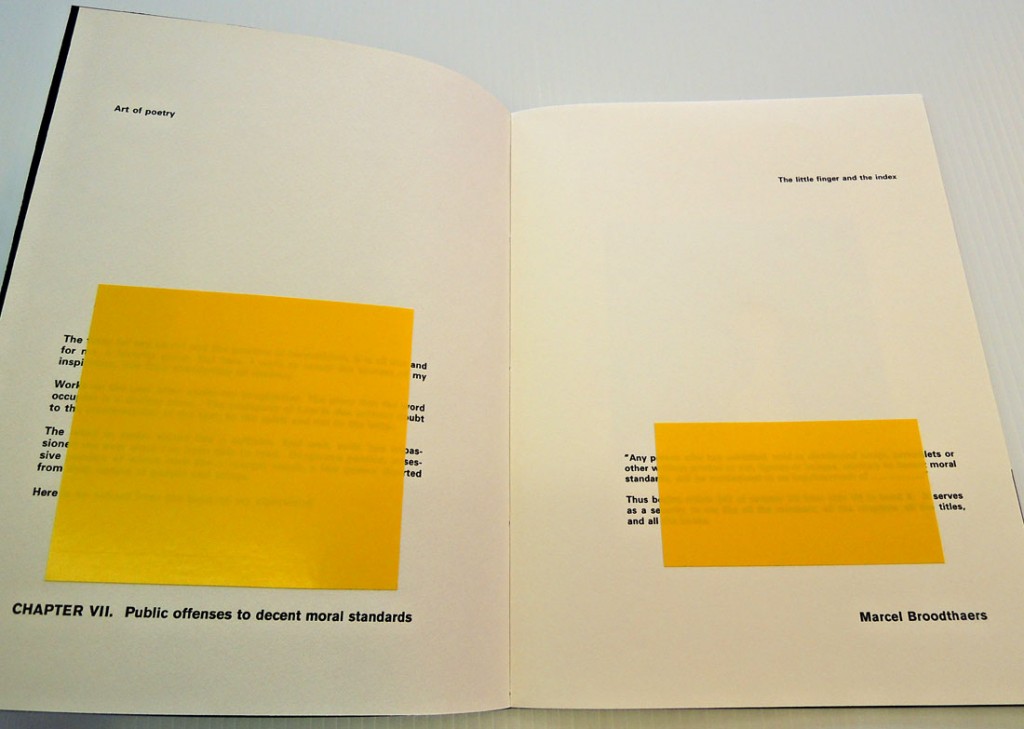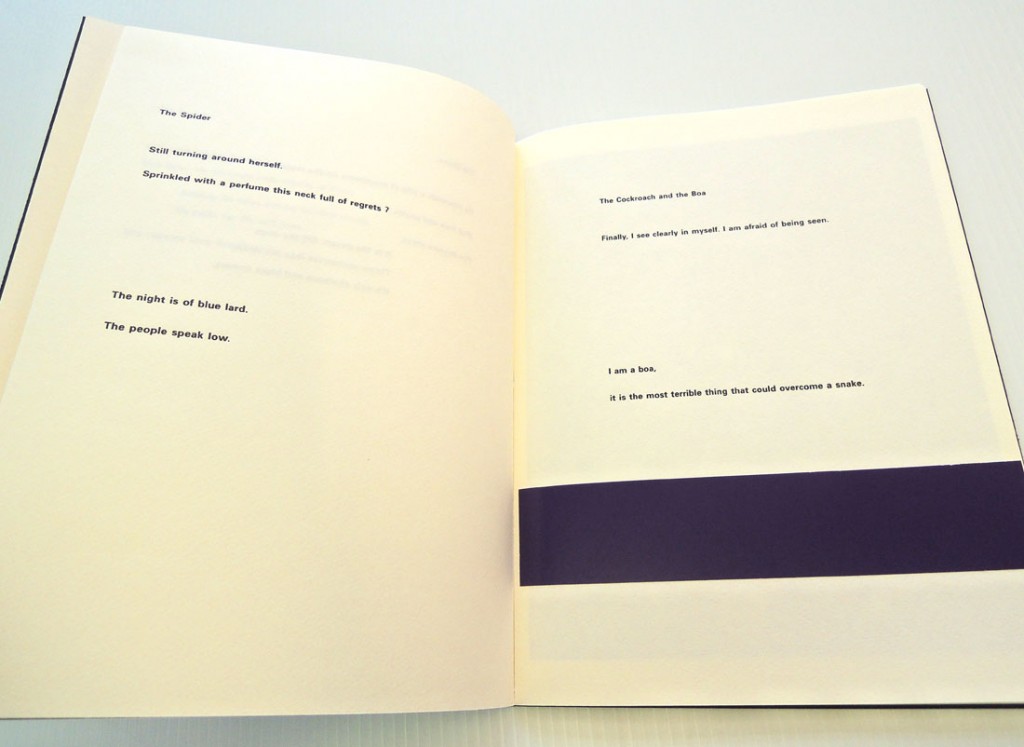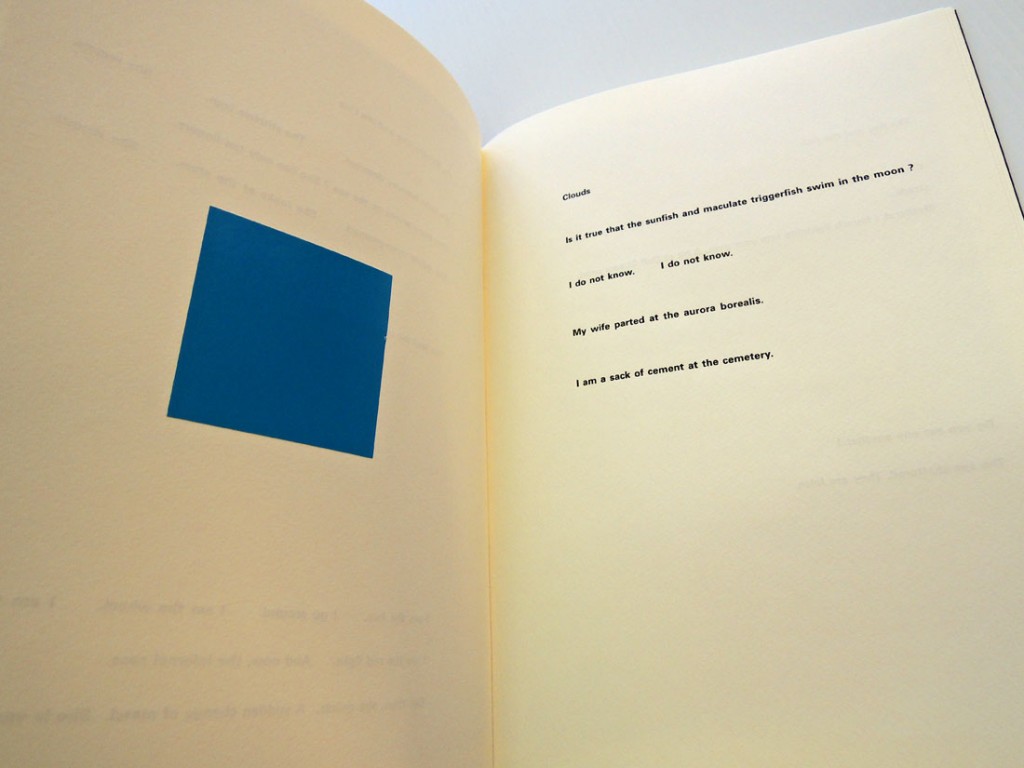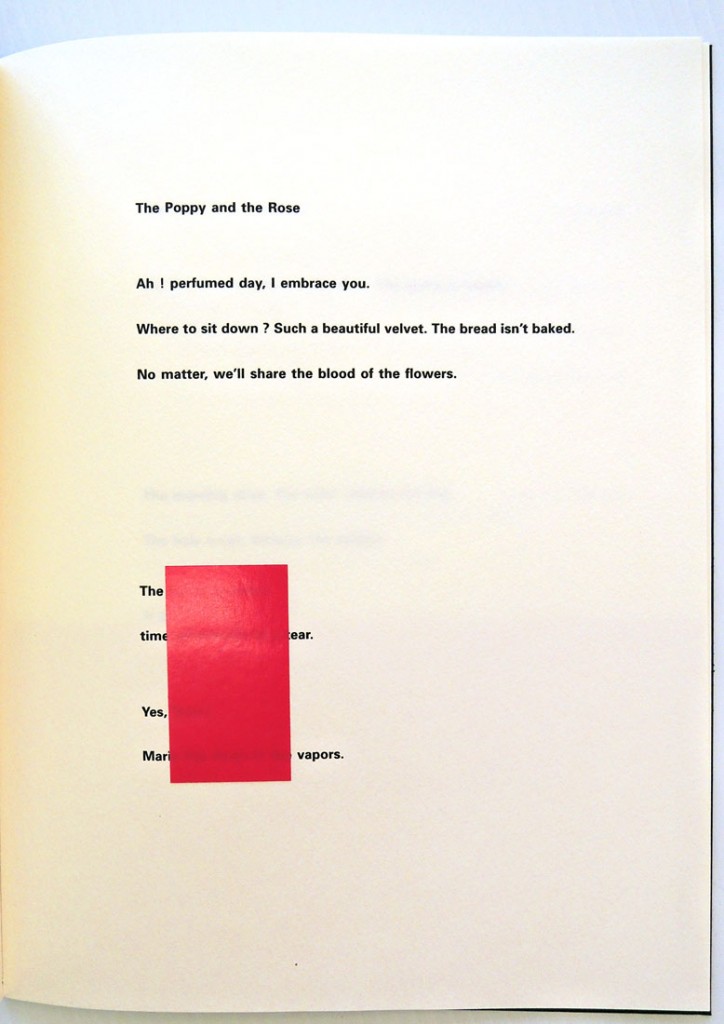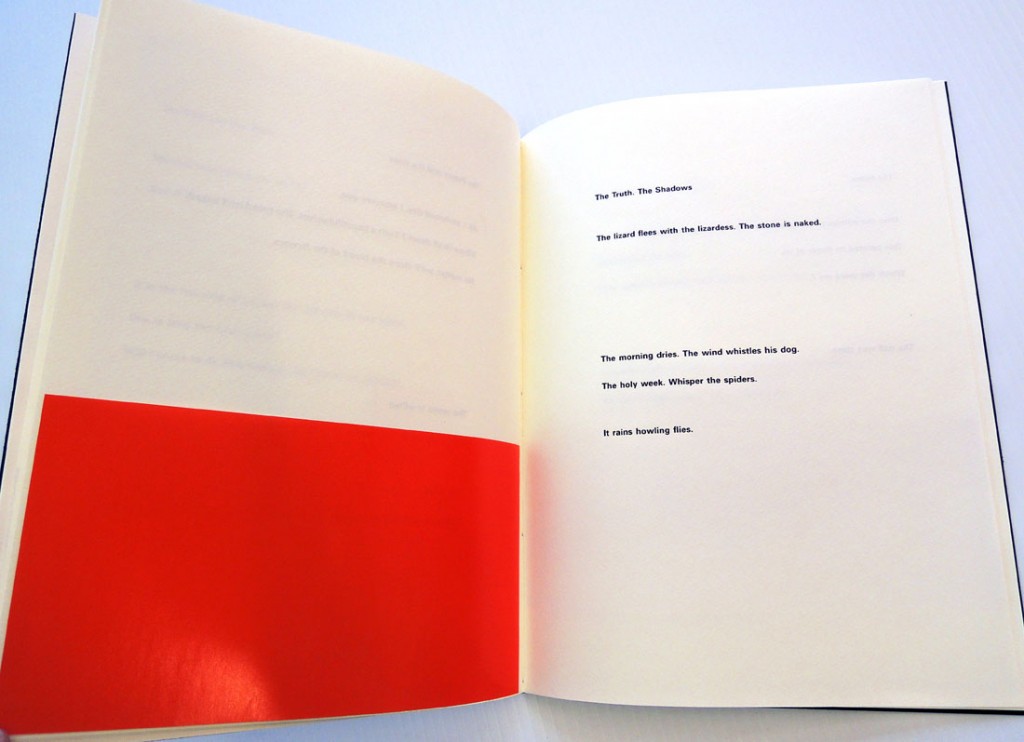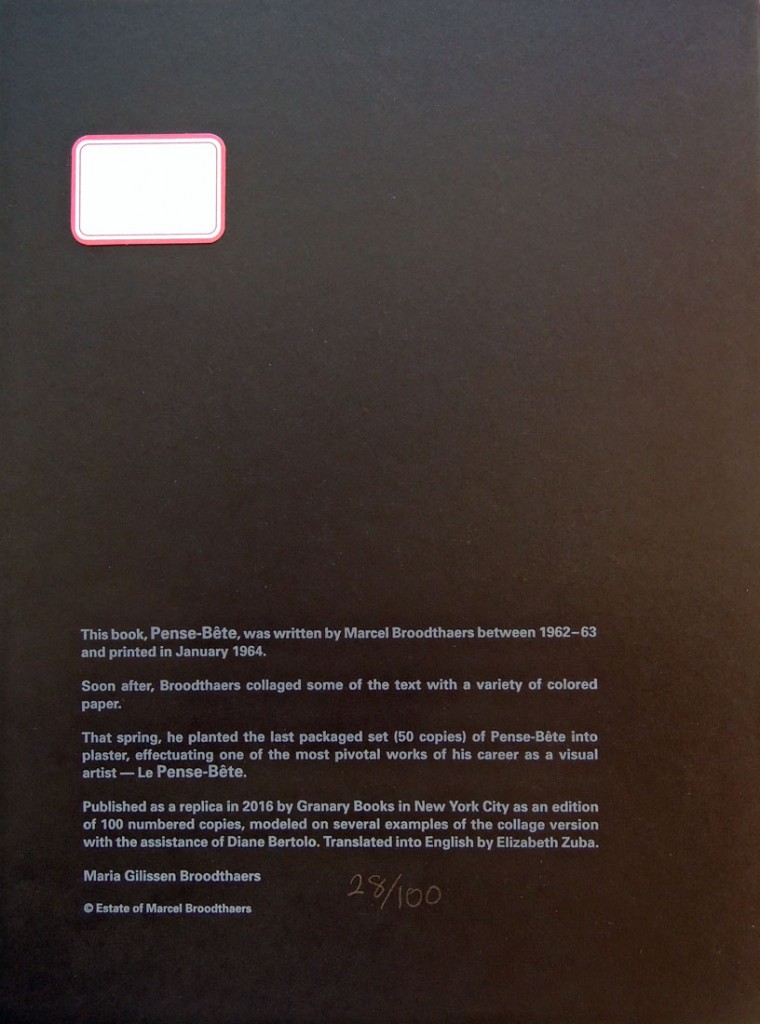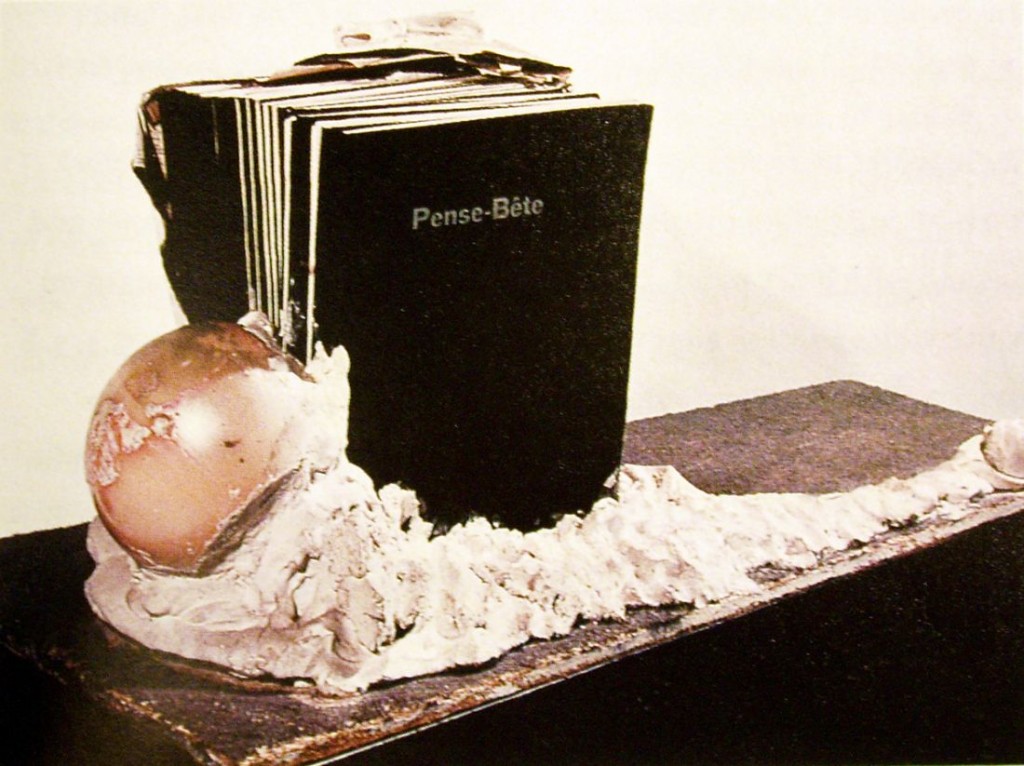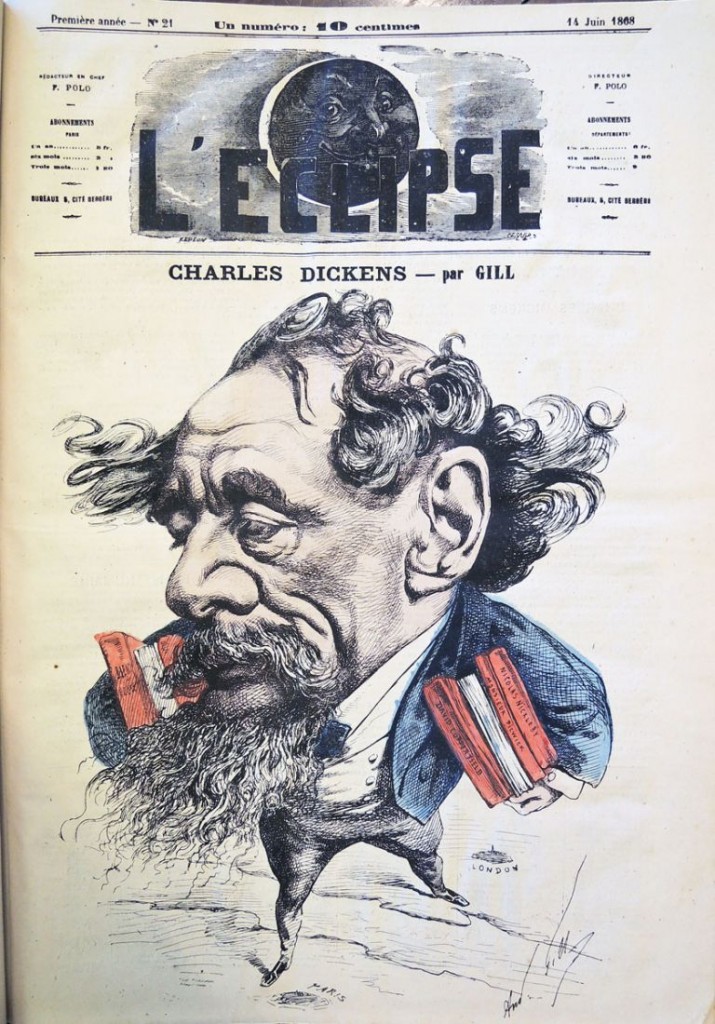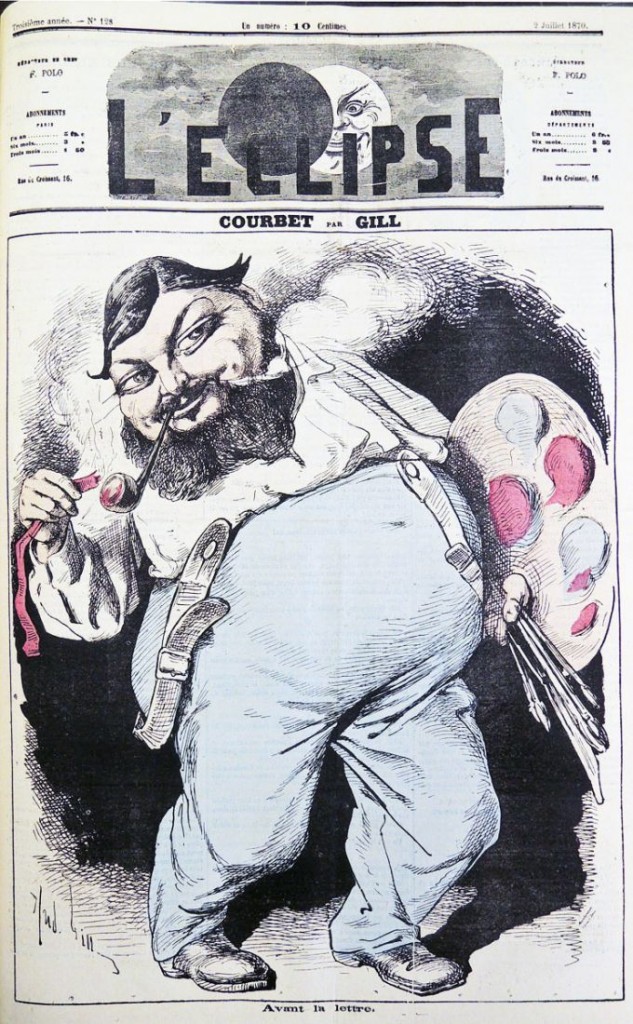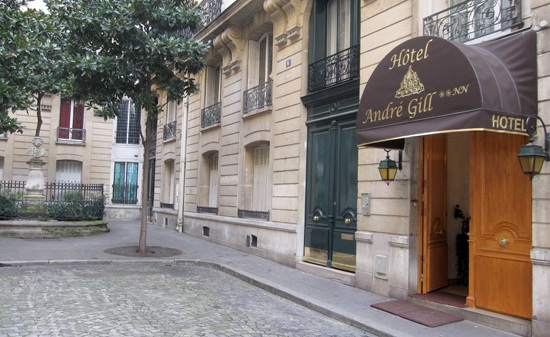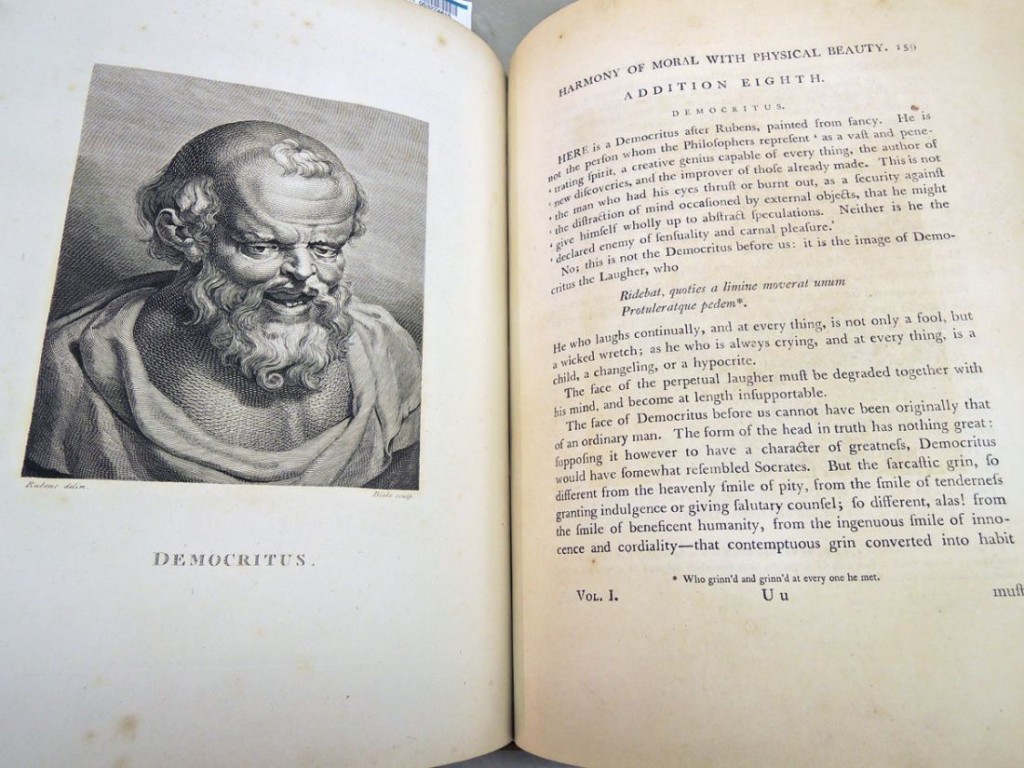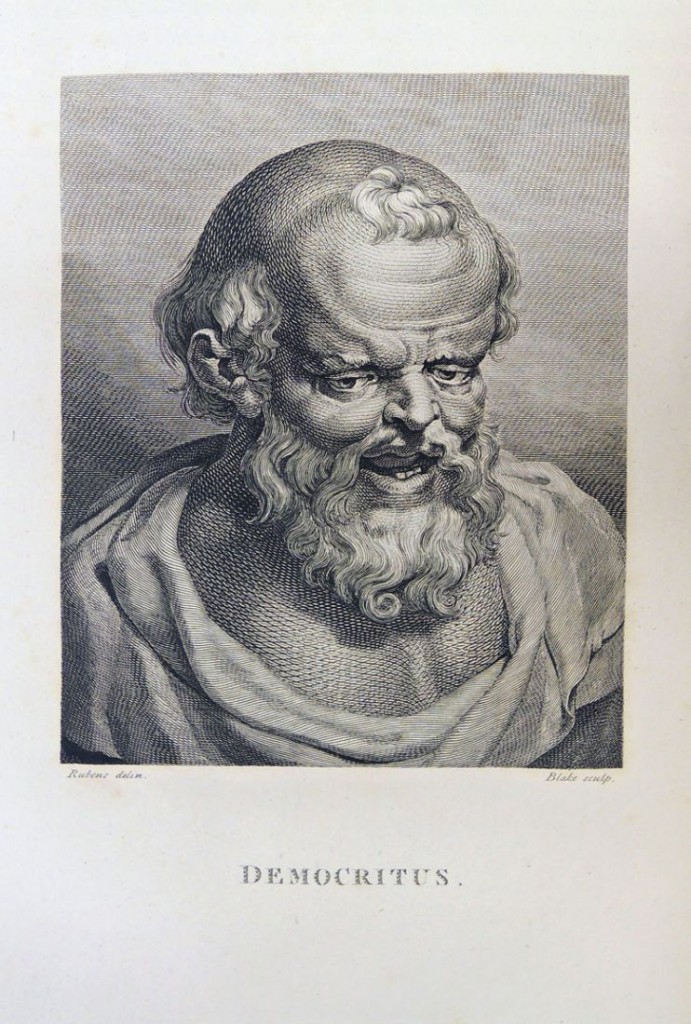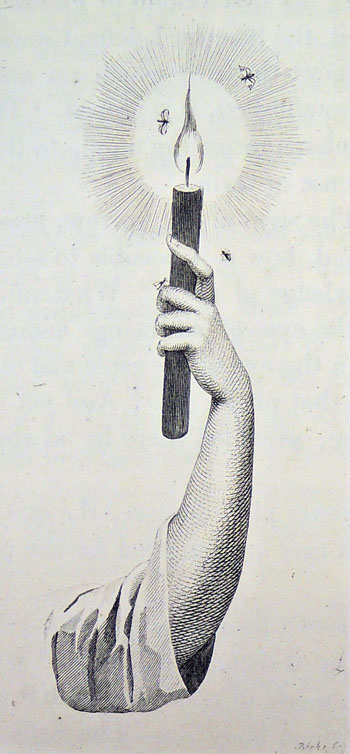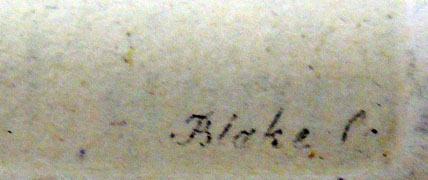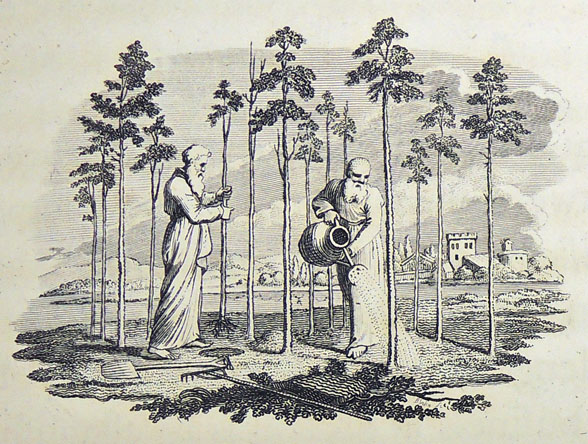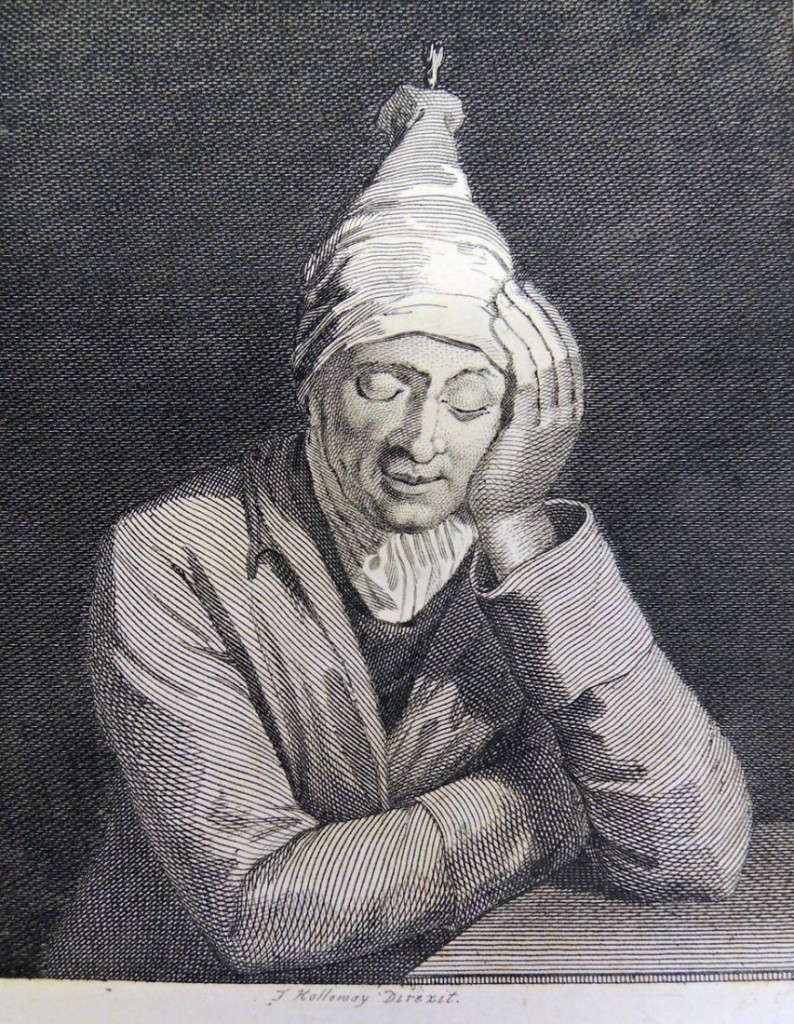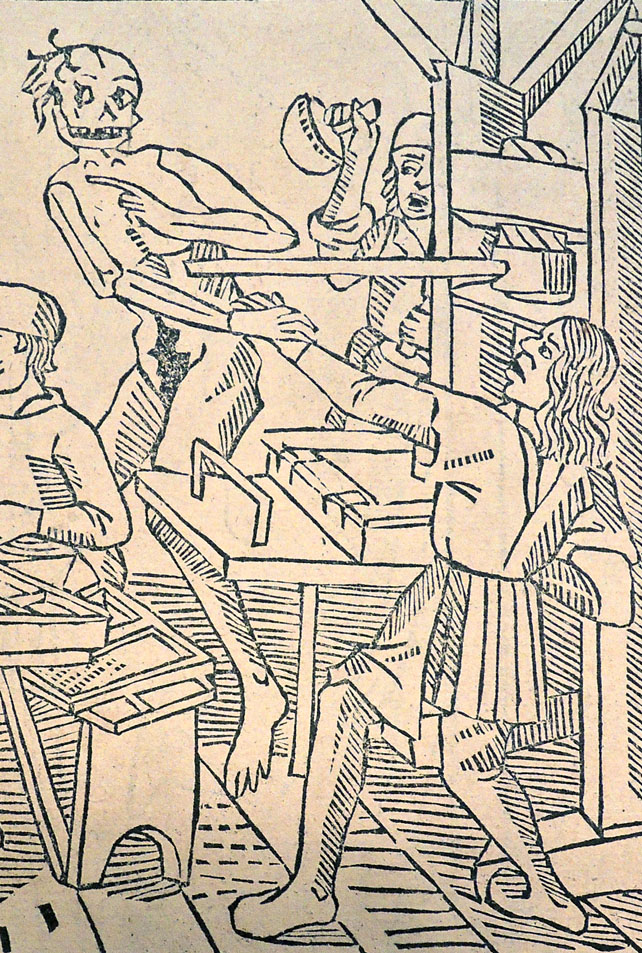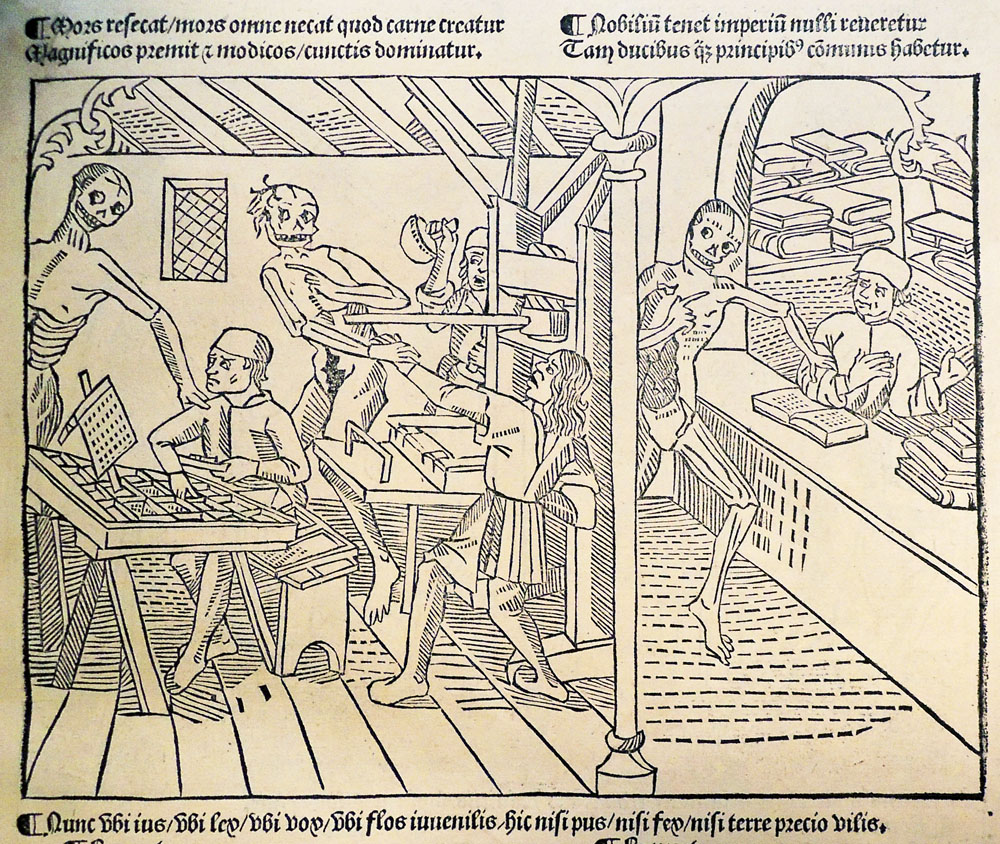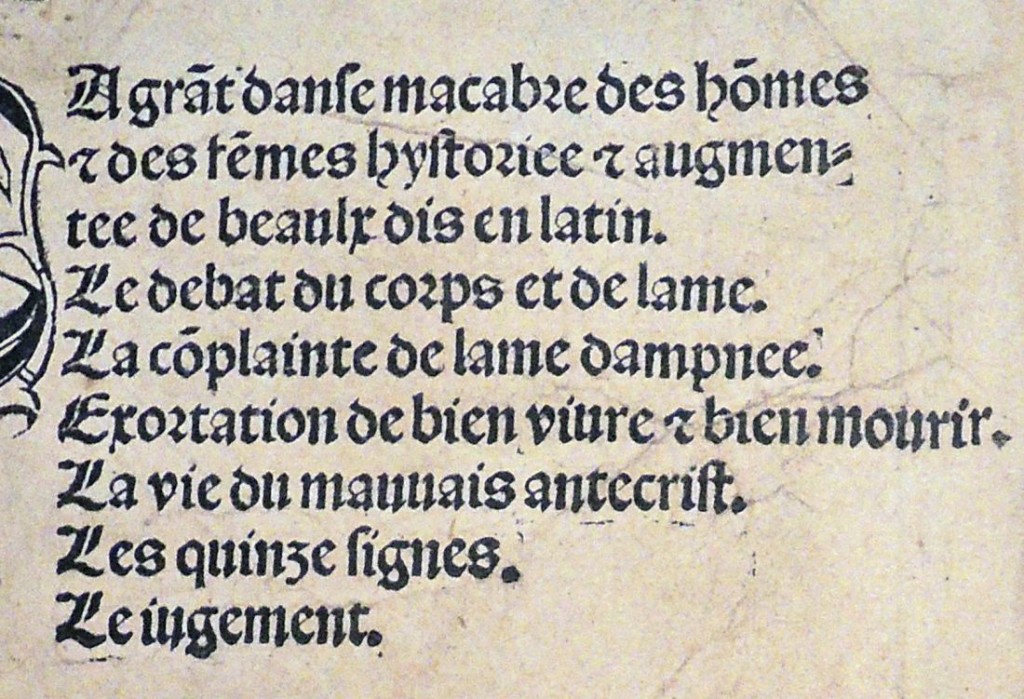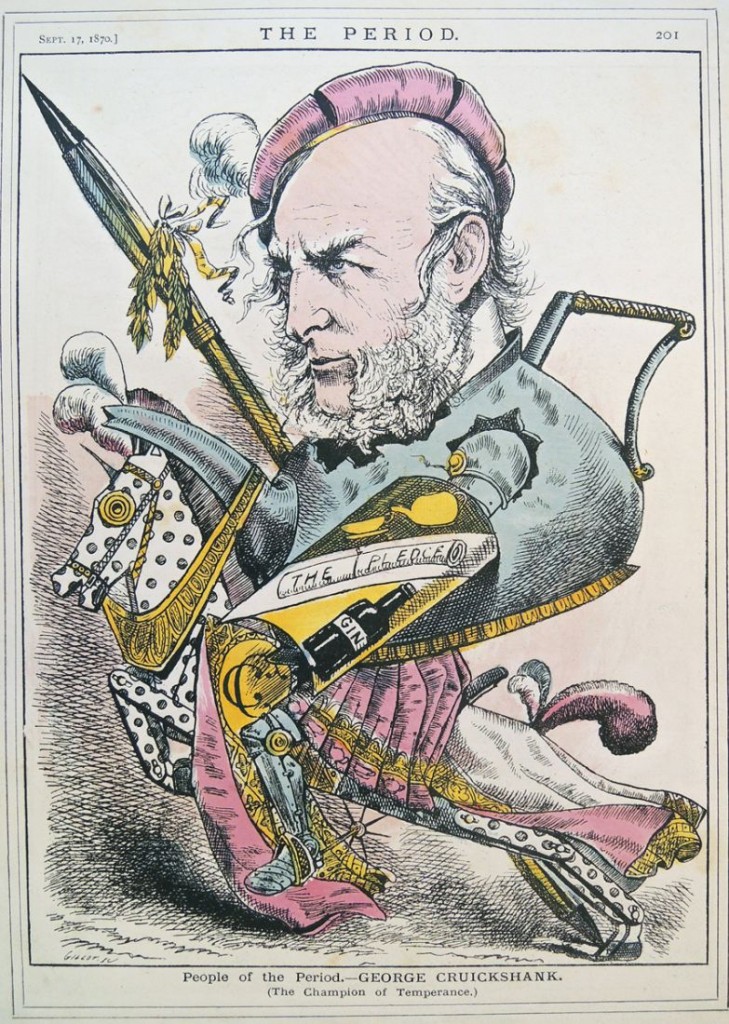 Charles Gillot (1853-1903), People of the Period. –George Cruickshank. [sic] (The Champion of Temperance.) in The Period: An Illustrated Quizzical, Satirical, & Critical Review of What Is Going On, Sept. 17, 1870. Hand colored relief etching. Graphic Arts Collection GC022
Charles Gillot (1853-1903), People of the Period. –George Cruickshank. [sic] (The Champion of Temperance.) in The Period: An Illustrated Quizzical, Satirical, & Critical Review of What Is Going On, Sept. 17, 1870. Hand colored relief etching. Graphic Arts Collection GC022
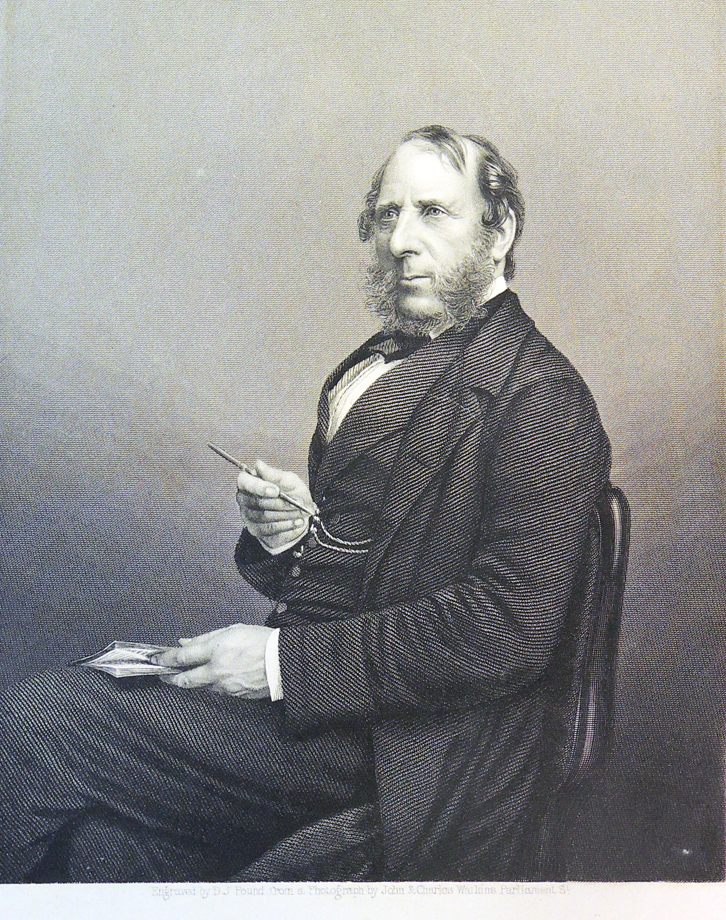 Daniel John Pound (active 1850-1860) after a photograph by John Watkins (1823-1874) and Charles Watkins (1836-1882), George Cruikshank, Esq., between 1858 and 1870. “The Drawing Room Portrait Gallery of Eminent Personages Presented with the Illustrated News of the World.”
Daniel John Pound (active 1850-1860) after a photograph by John Watkins (1823-1874) and Charles Watkins (1836-1882), George Cruikshank, Esq., between 1858 and 1870. “The Drawing Room Portrait Gallery of Eminent Personages Presented with the Illustrated News of the World.”
Graphic Arts collection GC022

R. Taylor & Company, A broadsheet “In memoriam” of George Cruikshank with a large central portrait of the artist. Wood engraving. London: Curtice & Co, 1878. Graphic Arts Collection GC022
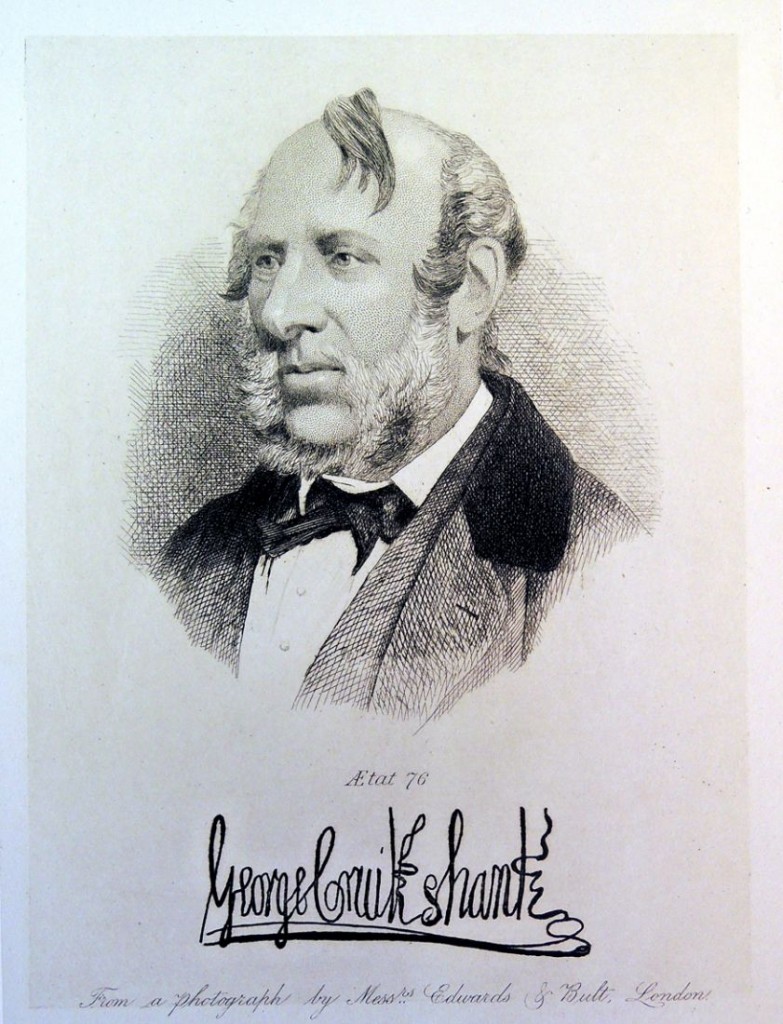 Unidentified artist after a photograph by Ernest Edwards & Cyril Mangin Bult, George Cruikshank AEtat 76, ca. 1868. Etching. Graphic Arts Collection GC022
Unidentified artist after a photograph by Ernest Edwards & Cyril Mangin Bult, George Cruikshank AEtat 76, ca. 1868. Etching. Graphic Arts Collection GC022
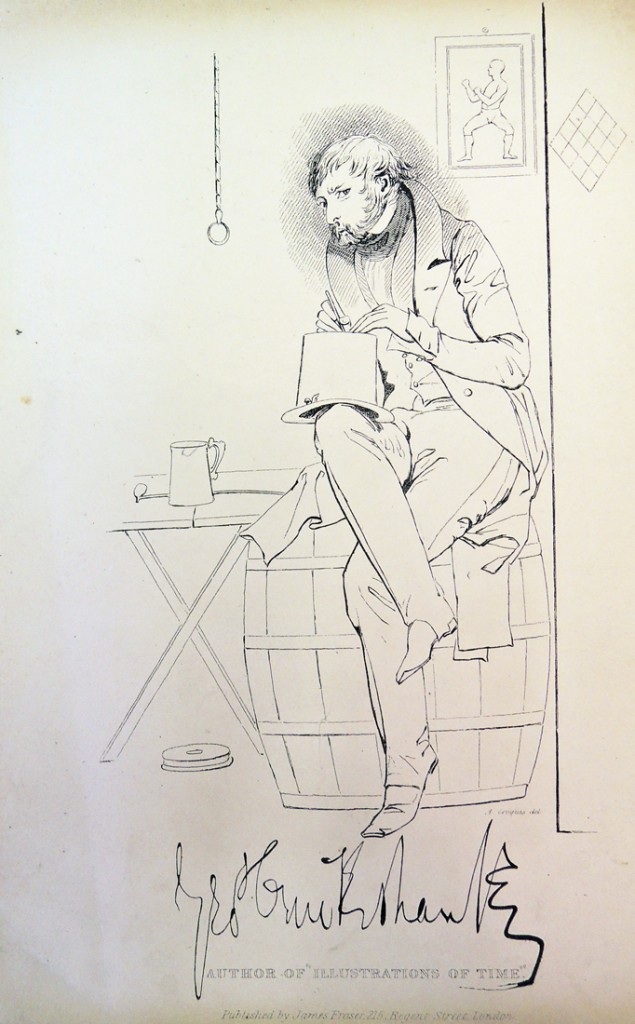 Alfred Croquis (pseudonym for Daniel Maclise 1806-1870), Geo Cruikshank. Author of ‘Illustrations of Time'” (London: James Fraser, [ca. 1832]). Note: British Museum incorrectly attributes this to Alfred Crowquill (pseudonym for Alfred Henry Forrester). Etching. Graphic arts Collection GC022
Alfred Croquis (pseudonym for Daniel Maclise 1806-1870), Geo Cruikshank. Author of ‘Illustrations of Time'” (London: James Fraser, [ca. 1832]). Note: British Museum incorrectly attributes this to Alfred Crowquill (pseudonym for Alfred Henry Forrester). Etching. Graphic arts Collection GC022
 Unidentified artist, The Venerable George. He painted in oils the virtues of Water from The Hornet, December 6, 1871. Lithograph. Graphic Arts Collection GC022
Unidentified artist, The Venerable George. He painted in oils the virtues of Water from The Hornet, December 6, 1871. Lithograph. Graphic Arts Collection GC022
George Cruikshank (1792-1878), Cruikshank’s self-portrait in the frontispiece “Interior View of the House of God” published in The Scourge or Monthly Expositor of Imposture and Folly (London: W. Jones, November 1, 1811). Graphic Arts Collection (GA) Cruik 1811.2.
George Cruikshank can be seen at the bottom left as a young, debonair gentleman talking to M. Jones, the publisher of the magazine. Note: Cruikshank is holding one of his drawings. Graphic Arts Collection GC022


